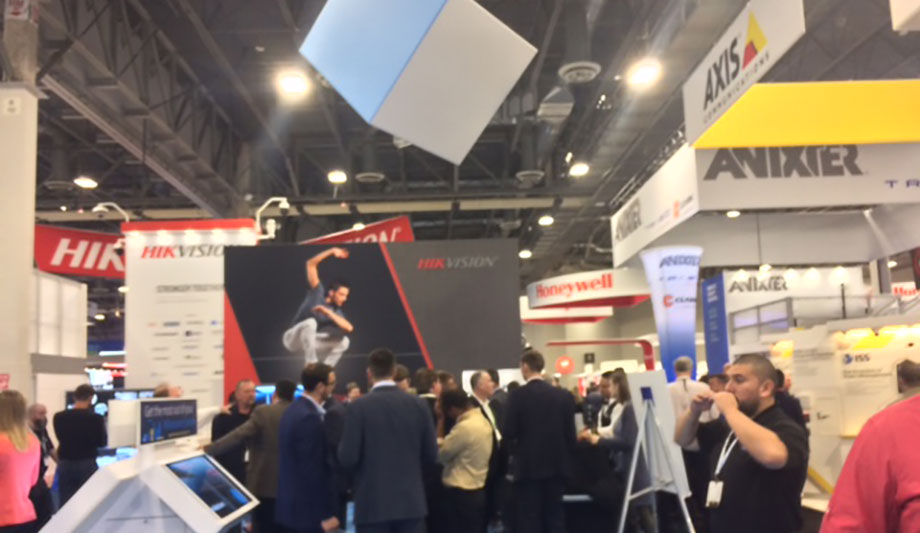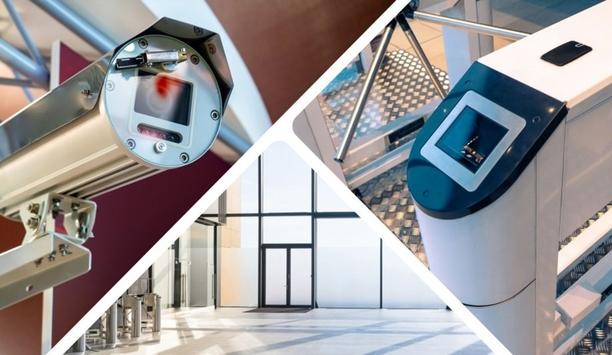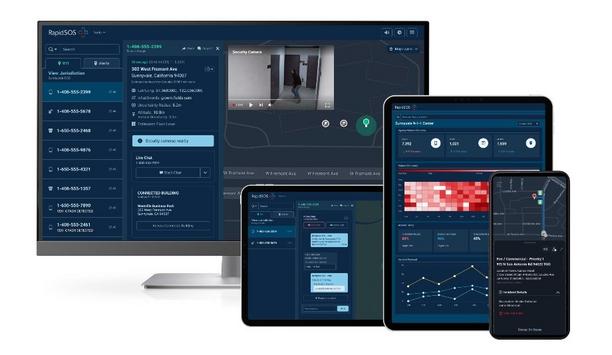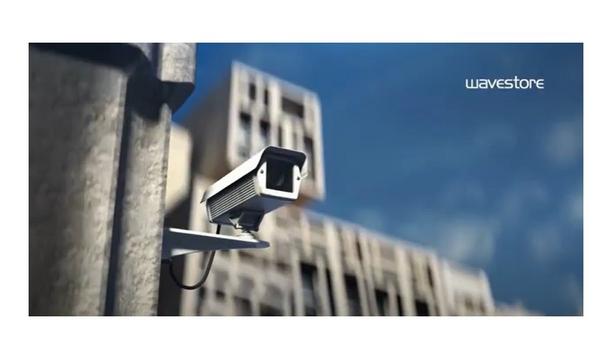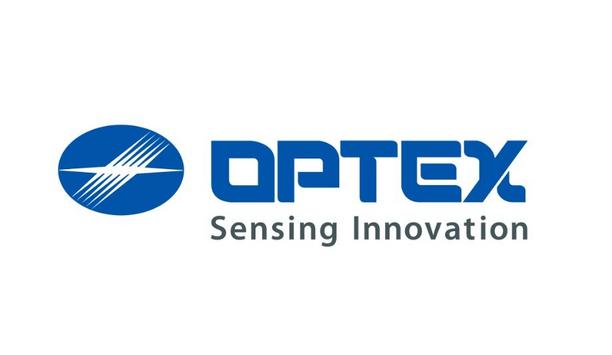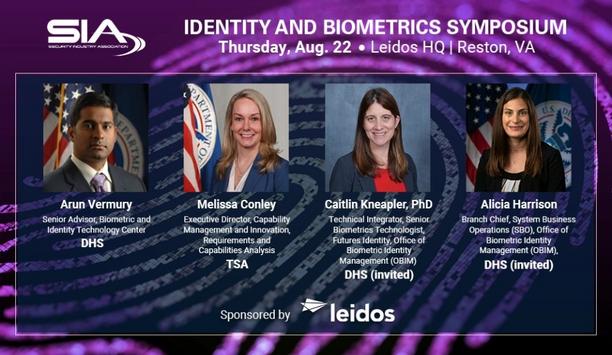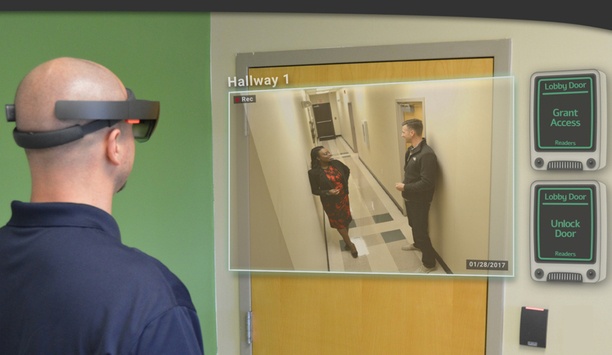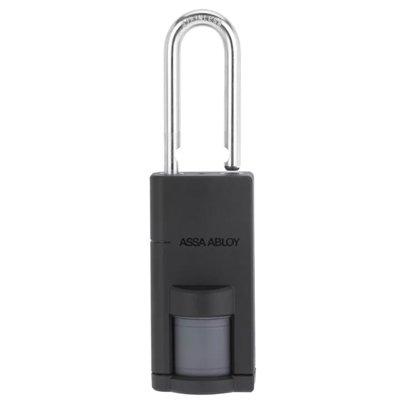For all its value in the security market, one has to wonder: How much captured video is actually used for security? Among hours and hours of video, only brief segments here or there are ever actually viewed or used for security applications, such as to review an incident or to provide evidence in court.
But what about all that other video, much of it stored for 30 or 90 or 120 days or longer? Does it have to be merely a costly consequence of providing the security benefits of video? Not necessarily, based on what I heard from several exhibitors on the second day of ISC West 2017.
Video Surveillance Beyond Security
Turns out all that video has many potential uses, and in fact represents a huge opportunity for the video surveillance market to expand its value to business operations beyond security. Information from video can provide valuable insights into business operations. Analyzing it (using new tools highlighted at ISC) can provide metrics to guide business strategy, reveal customer trends, fine-tune business processes, etc.
“Video surveillance as a comprehensive ‘value add’ is coming into its own before our eyes,” said Keith Drummond, Senior Director, IDIS America. “More and more people are seeing and experiencing the benefits of video beyond initial security applications. Modern analytics enable business intelligence with real-world impact on the bottom line in the retail vertical and beyond. The potential of video beyond security has never been more apparent.”
IDIS And March Networks’ New Surveillance Additions
Celebrating 20 years in business, IDIS introduced new additions and enhancements to its total solution at this year’s ISC West. They include a complete lineup of H.265 IP cameras and NVRs, a new 12 megapixel super fisheye camera, new low-light and long-distance solutions, enhancements to PTZ controls, and a new retail analytics/business intelligence suite. A 64-channel NVR delivers enterprise-level performance at an NVR price.
More and more people are seeing and experiencing the benefits of video beyond initial security applications |
Developments in the market may be opening new opportunities, but reaping the benefits of those opportunities must begin with identifying a customer’s need. “On the product development side, we should work backwards,” suggests Dan Cremins, Global Leader of Product Management, March Networks. “As a customer, identify what problems you are trying to solve and work backwards from there.”
March Networks announced a strategic relationship to use Oncam’s 360-degree camera technology for applications in the banking and retail verticals. For automated teller machines (ATMs), March Networks is announcing a new camera that is a lens/sensor connected by a cable to an encoder; the small size enables it to be installed even in new smaller ATMs; features include high dynamic range (HDR) and 3 megapixel resolution. Finally, March Network’s new 9000 series NVR uses a Linux operating system, provides double the video throughput (6 Mbps) and offers a choice of 32, 48 or 64 channels.
Cloud-based Access Control
The impact of new developments on integrators was another theme I heard today at the show. A shift is afoot in the market to cloud-based access control, and integrators and dealers need to be educated to overcome resistance to the changing business models; so says Mitchell Kane, President of Vanderbilt Industries. The fundamental shift is from high-margin “project-based” business to lower-cost installation (with less immediate profit) of hosted solutions, combined with recurring monthly revenue that customers pay for cloud services. Less immediate gratification (i.e., lower commissions) might discourage salesmen from embracing the change, but it is a necessary transition to adapt to the new business climate and to the increasing popularity of cloud systems.
There is also some integrator resistance to another big trend – mobile credentials, says Kane. In this case, the concern is that mobile credentials are provided directly from the manufacturer. Integrators are concerned that end-users “being exposed” to manufacturers could result in their being eliminated from the equation, he notes.
The scope of integrators’ work is also narrowing in some instances, says Kane. For example, today’s network-based and easy-to-install systems may lead end users to buy the systems direct from a manufacturer and then install the systems themselves (such as by their in-house information technology [IT] department). It is another argument for the value of RMR to help integrators offset revenue losses. The integrator should, in any case, avoid being a barrier to implementation of new technology approaches, says Kane.
Vanderbilt ACT365 And Arecont Omni G3
Vanderbilt has a new cloud-based access control system – ACT365 – which has two hardware components, a single device for each door, and a video management system with a Terabyte of storage that supports four IP cameras. The system is hosted in the Azure cloud. There is a strong diagnostics package on the installation page, which ensures simplified installation.
Arecont Vision’s SNAPstream Technology can be used to greatly reduce bandwidth and lower storage requirements |
Making life easier for integrators has been a focus for Arecont Vision. For example, remote focus on its cameras simplifies installation; a technician doesn’t have to stand precariously on a ladder with a laptop to adjust the focus.
Now Arecont Vision’s SurroundVideo Omni G3 offers remote motorized positioning of the four individual sensors inside the camera. There are built-in presets providing 180-degree, 360-degree or 270-degree views, and two additional programmable presets. The 12- or 20-megapixel all-in-one omni-directional camera provides easier initial installation and more flexibility for the end user to change camera configurations. For example, a stadium owner could create one preset combination of sensor positions for a sporting event and a second combination for a concert, and then switch back and forth as needed.
Arecont SNAPstream Technology
Arecont Vision’s SNAPstream Technology can be used to greatly reduce bandwidth and lower storage requirements. Because Arecont Vision cameras have Field Programmable Gate Array (FPGA) technology, the new SNAPstream can also be deployed to every existing Arecont Vision camera in the field, simply using a firmware upgrade. The company has also cracked the code on cybersecurity; the megapixel cameras do not have operating systems that can be repurposed for use in cyberattacks. Arecont has also repositioned its product line into “good, better and best” categories.
Booth traffic held up well on the second day of the show, with one more day to go and plenty left to see.
